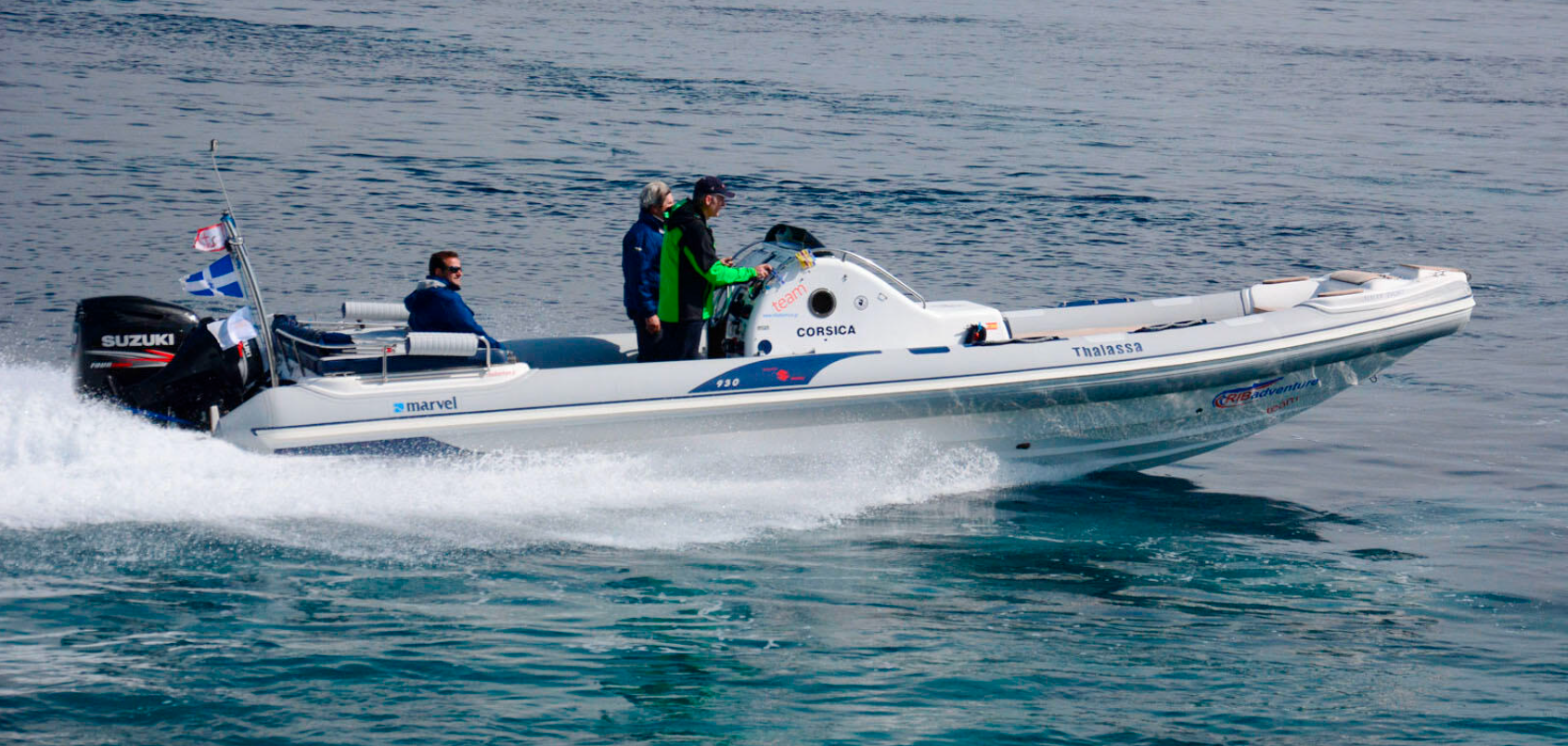How does Propeller Pitch Affect a Boat’s Performance?

It is common knowledge that any change in propeller pitch has a direct impact on the performance of a boat. We also know that each inch of the pitch can raise or lower the rpm by 150 to 200 engine revs at WOT, a relationship that is inversely proportional.
As the pitch increases, the load on the engine increases too because the propeller “grips” a larger amount of water, leading to a reduction in rpm. The reverse happens when we decrease the pitch.
To determine the effect of the propeller’s pitch on boat performance as accurately as possible, we tested three propellers with the same diameter and increased the amount of pitch. Our test boat was a 30’6” (9.30 m) Marvel 930 rigid hull inflatable boat (RIB) powered by a 300-hp Suzuki outboard. The propellers all had 16” (40.64 cm) diameters with pitch ratings of 18.5” (46.99 cm), 20” (50.8 cm) and 21.5” (54.61 cm). We tested in the same area with the same loads.

- The cruise speed at 4000 rpm increases by 2 knots per each 1.5 inch of pitch. With the 18.5” pitch propeller our speed is 26 knots at 4000 rpm, with the 20” pitch prop, our speed was 28 knots while with the 21.5” one our speed is 30 knots at the same rpm.
- The engine’s rpm reduces at WOT.
- The acceleration gets slower and throttle response is reduced.
- The slip increases across the rpm range.
- Time to plane gets longer and the boat stays on plane at higher speeds and more rpm.

The Results
- The change in propeller pitch significantly affects time to plane, acceleration, cruising speed, slip, fuel consumption and engine rpm.
- The shorter the pitch, the faster we move forward (acceleration) and the engine can increase rpm more easily.
- A lower pitch means a boat can stay on plane at a lower rpm. This is preferable when traveling in rough seas and the operator wants to hold the boat on plane.

- Lowering the pitch gives the propeller blades a better grip and improves acceleration and throttle response. It also improves the boat’s ability to carry heavier loads and its. handling in rough seas.
- A propeller with less pitch can push a boat up and over waves in rough conditions.
- The speed is directly related to the pitch of the propeller.
- The longer the pitch, the higher the cruise speed at midrange rpm.
But the same doesn’t happen with top speed. When the propeller pitch is too high, the engine does not have the power to turn the propeller to its maximum rpm range and maximum speed is lower.